The ASRock X470 Taichi Ultimate Motherboard Review: Aquantia 10GbE on Ryzen
by Gavin Bonshor on August 2, 2018 9:00 AM ESTGaming Performance
Ashes of the Singularity
Seen as the holy child of DirectX12, Ashes of the Singularity (AoTS, or just Ashes) has been the first title to actively go explore as many of DirectX12s features as it possibly can. Stardock, the developer behind the Nitrous engine which powers the game, has ensured that the real-time strategy title takes advantage of multiple cores and multiple graphics cards, in as many configurations as possible.
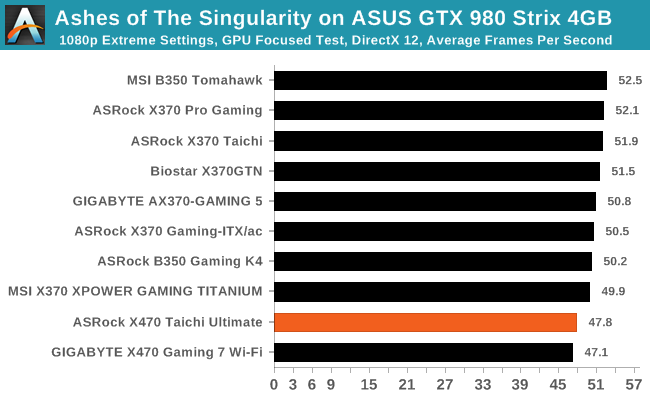
Rise Of The Tomb Raider
Rise of the Tomb Raider is a third-person action-adventure game that features similar gameplay found in 2013's Tomb Raider. Players control Lara Croft through various environments, battling enemies, and completing puzzle platforming sections, while using improvised weapons and gadgets in order to progress through the story.
One of the unique aspects of this benchmark is that it’s actually the average of 3 sub-benchmarks that fly through different environments, which keeps the benchmark from being too weighted towards a GPU’s performance characteristics under any one scene.
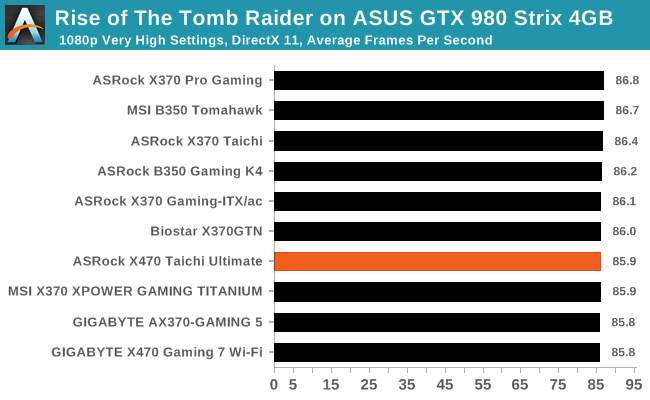
Thief
Thief has been a long-standing title in PC gamers hearts since the introduction of the very first iteration which was released back in 1998 (Thief: The Dark Project). Thief as it is simply known rebooted the long-standing series and renowned publisher Square Enix took over the task from where Eidos Interactive left off back in 2004. The game itself utilises the fluid Unreal Engine 3 engine and is known for optimised and improved destructible environments, large crowd simulation and soft body dynamics.
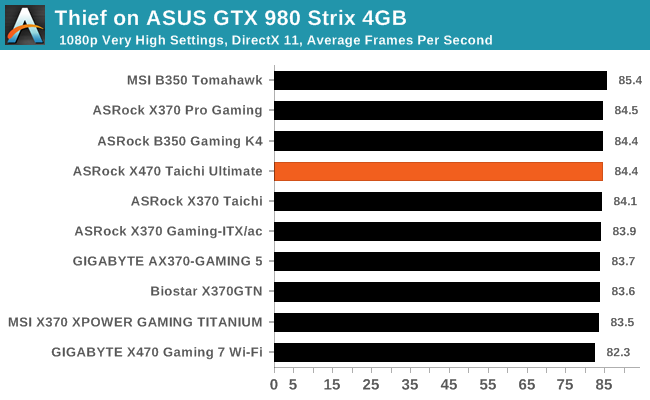
Total War: WARHAMMER
Not only is the Total War franchise one of the most popular real-time tactical strategy titles of all time, but Sega delve into multiple worlds such as the Roman Empire, Napoleonic era and even Attila the Hun, but more recently they nosedived into the world of Games Workshop via the WARHAMMER series. Developers Creative Assembly have used their latest RTS battle title with the much talked about DirectX 12 API so that this title can benefit from all the associated features that comes with it. The game itself is very CPU intensive and is capable of pushing any top end system to their limits.
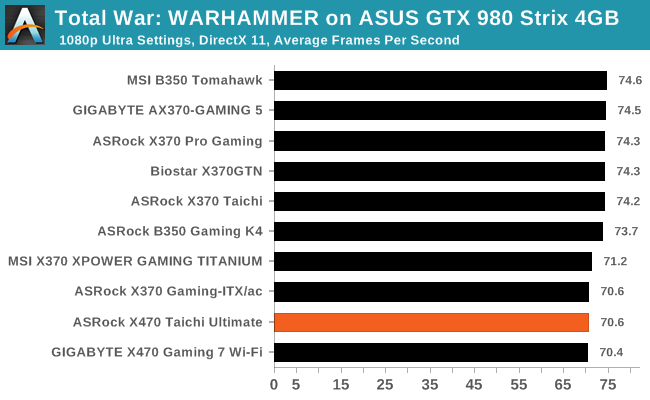




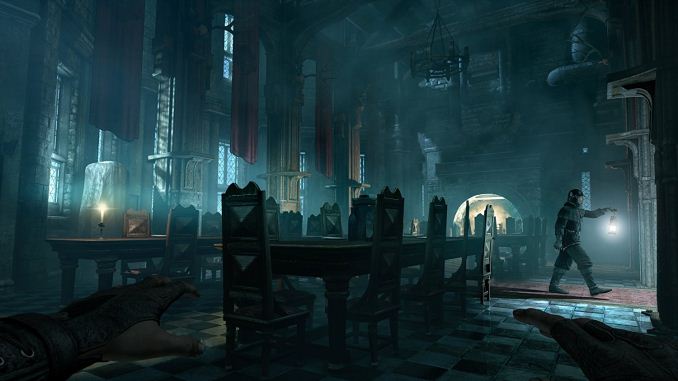
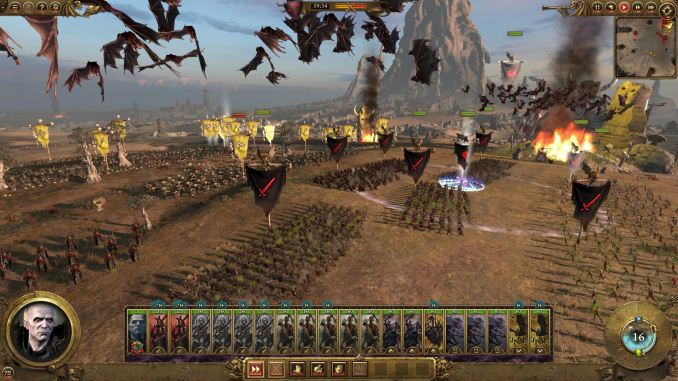








41 Comments
View All Comments
LJM - Thursday, August 2, 2018 - link
Indeed I was. Thanks.Goty - Thursday, August 2, 2018 - link
So... no networking tests?PeachNCream - Thursday, August 2, 2018 - link
There's probably no equipment available to perform those tests. 10G switches and NICs aren't commonplace or affordable right now. Then again, Anandtech has done little in the way of network adapter testing and this article puts the network features of the board in question up as a headline feature, but does not quantify that feature in a comparative benchmark. That's a bit of a miss in my opinion and should be something rectified in the future.hansmuff - Thursday, August 2, 2018 - link
I would think a single 10G NIC would be enough, Startech sells one for $230. Pop that into any motherboard and at least do some simple iperf, "LAN Speed Test" or NetStress. Settle on one and use that going forward.DigitalFreak - Thursday, August 2, 2018 - link
No need to even spend that much. You can buy an Aquantia AQC107 NIC for $85.hansmuff - Thursday, August 2, 2018 - link
Huh, nice to know.. are there any 10 Gbps switches in a somewhat affordable range yet ($150-$200 4 port)?CheapSushi - Friday, August 3, 2018 - link
It's not 4 port but the cheap options are ASUS XG-U2008 & Netgear GS110MX. Also keep it mind you can direct connect two setups together say for a NAS to main rig without a switch. And the benefit of these newer switches and chips is that they're not finicky about what speed they're on; it's dynamic, so 10G, 5G, 2.5G, 1G and 100MB, etc.AdrianB1 - Thursday, August 2, 2018 - link
Good question, especially as mentioned the board is the Taichi plus the NIC, so the review is actually for the Taichi, not for Taichi Ultimate.LAN testing can be performed with another board with an Aquantia board with no switch, just a direct cable connection. And this board has also 2.5 and 5 Gbps capabilities, it would be interesting to see how well the real throughput scales: it depends a lot on how the chip is connected - how many lanes of which PCIe version. One needs 4x PCIe ver 2 or 2x PCIe ver 3 for full 10 Gbps, but there are not so many available PCIe lanes and the chip may be connected to half or a quarter of what it needs. That way you still get close to 5 Gbps one-way or even 8-9 Gbps one way, assuming the Aquantia chip can do that, but not full duplex 10 Gbps.
DigitalFreak - Thursday, August 2, 2018 - link
Unfortunately Asrock doesn't include a PCI-E diagram in their manual, so there's no way to know. It could be either PCI-E 2.0 x1, x2 or x4.Cygni - Thursday, August 2, 2018 - link
Its the same chipset and implementation that Aquantia has been selling on motherboards and add on cards for a while. That would be like testing the i211AT on the other port, its a pretty known quantity at this point.